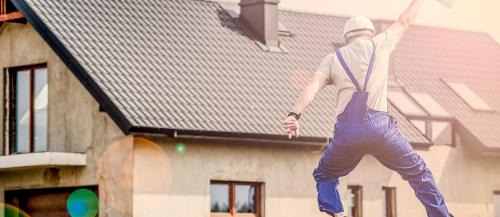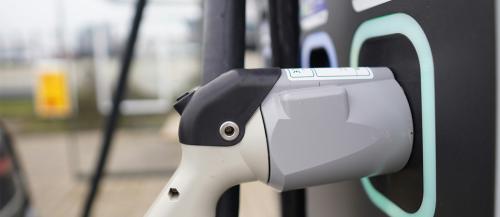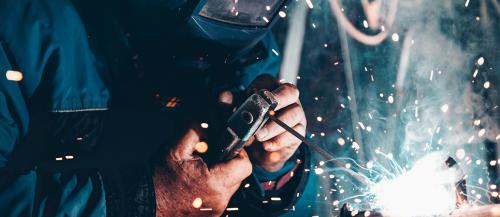In October, we reported on the rising aluminium prices and many marketing experts predicted this would continue throughout 2022 and for years to come. Figures released in early February have confirmed that the cost of aluminium has reached its highest level since 2008.
The increase in cost is due to a short supply of aluminium caused by production closures across Europe, with uncertainty over possible sanctions on Russia as the tensions rise in Ukraine. Prices could rise even further for gas and force more smelter closures if Russia proceeds to attack Ukraine.
Due to the high demand for this soft and malleable metal, we have seen a rise of 3.3% to a 13-year high of $3,236 a tonne before dropping to $3,187 back at the beginning of the month. The supply of aluminium has struggled to keep pace with demand as the world emerges from the Coronavirus pandemic causing a number of essential industrial commodities to invest in backwardation.
The Southwestern City of Baise in China is a hub for aluminium mining and production and has recently been locked down due to a Covid outbreak. Before the lockdown, the aluminium production was largely at normal levels but during the lockdown the transportation of ingots and raw materials were severely impacted by travel restrictions. This sparked fears about supply issues throughout China and the rest of the world because the aluminium used in packaging and transport has shot up by about 14% this year after gaining 42% in 2021.
The energy crisis in Europe and power rationing in China, combined with strong demand underpinned by rising sales of EVs, has put the 66m tonnes a year aluminium market on a path to “inventory depletion” by 2023 according to Goldman Sachs, which has set a target price for the next 12 months of $4,000 for the metal.
“We believe aluminium markets are facing a melt-up in prices this year,” said Goldman analyst Nicholas Snowdon, citing already low inventory levels — just 1.5m tonnes in official warehouses — and supply shortages in China and the rest of the world.






